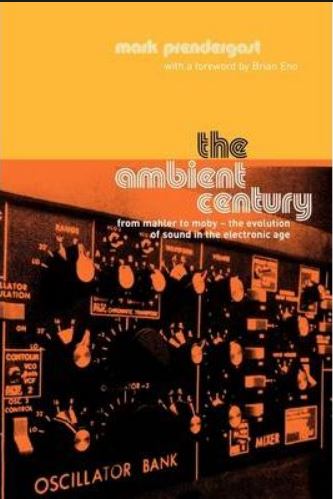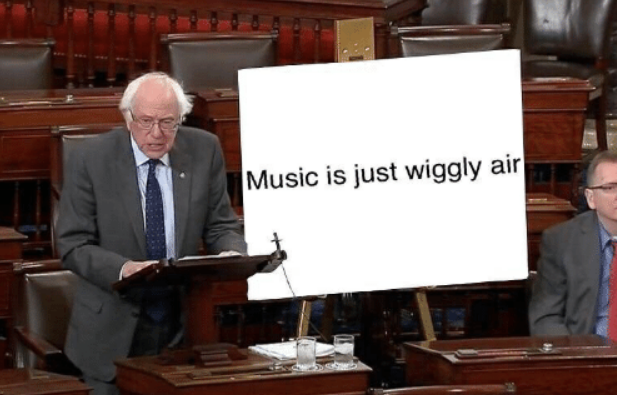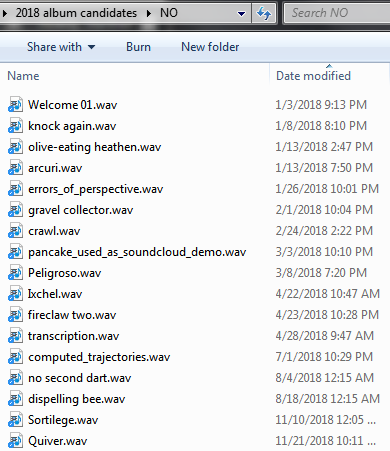For the last few days I have been trying CBD oil. Someone on a forum recommended it about a year ago when I was talking about anxiety, but at the time I thought “whatever, hippie.” There’s this mental connection between hemp and pot that is not very scientific or fair but was trained into us 80s kids, and the common semiotics don’t really help.
Over time, more articles about it came up, and I read a couple of them and thought maybe it actually might be helpful for anxiety… but I was still unsure about how legit and legal it is. But then in the past couple of weeks, two or three billboards have popped up locally advertising CBD in shops. After a few hours of researching it some more I thought… okay, why not. I have various pain and would like to lay off the ibuprofen, and anxiety is still a thing even if it’s not so oppressive as it was last January. So it’s worth a shot.
Following advice and reviews from several sources, I went with a CBDPure tincture oil (300), taken sublingually, half a dropper full twice per day. Let me tell you, the stuff tastes just plain gross. I don’t get too much of that while letting it rest under my tongue, but if I’m not lucky I do when I swallow the rest. Burping is the worst though, ewwww.
It absolutely does make me feel more at ease and unburdened. It doesn’t seem to be doing much for pain, but I have been skipping the ibuprofen since I started. (Maybe because, with a better mood I am less bothered by the pain.) It might be worth trying a stronger concentration or more quantity after a few weeks.
Once this bottle is done, if not before, I may look into capsules or gummies to avoid the nasty, nasty taste. Since I’m not having panic attacks I’m not too concerned about whether it takes effect in 10 minutes or an hour.
I’ve picked up a whole bunch of music-related reading — a couple of individual ebooks, and then a Humble Bundle on computer music. My first read among them was A Bang, A Whimper & A Beat: Industrial Music and Dystopia.
It’s a scholarly study of the genre, its meanings and inspirations and how it is viewed by fans and non-fans. There’s a whole section analyzing a selection of five songs in terms of content (with a heroic but doomed effort to transcribe them) and listeners’ impressions, which I largely skimmed. Otherwise it was pretty interesting stuff, and made me realize some things that I just sort of accepted subconsciously or didn’t especially take note of.
Industrial had its beginnings in anti-capitalist, “anti-art” art groups. Early industrial was sonically more acoustic, involved building ad-hoc instruments out of junk and making clanging, percussive noise to go along with busted guitars and such. As the cyberpunk fiction genre (which is pretty explicitly anti-capitalist) emerged, the music and fiction swerved toward each other and became entangled, and it became more of an electronic music genre.
The theme of dystopia is strong: the earth and its people exploited past the breaking point. Dehumanization for profit, oppression for profit, war for profit, religion for profit. “Rationalization” taken to irrational extremes and the downfall of society. The machine as a symbol of oppressive power, systemic lack of human empathy — and also as victim, the loss of individuality, individual worth and freedom of expression. (“We are the robots”, the Kraftwerk song says; “we are programmed just to do anything you ask us to.” The word “robot” comes from the Czech robota, meaning forced labor.)
The sound palette in industrial music fits: drums for the march of progress or the march of troops or unceasing pounding machines. Heavy bass and drones for foreboding. Distorted and processed vocals — tormented and scream-like, cold and machinelike, or calling for revolution through a megaphone. No guitar solos (and few synth “solos” as such) because virtuosity is individuality.
Like punk, an important aspect of the genre is a rejection of conformity to the mainstream (disseminated via capitalist media for the convenience of the corporate overlords) — but it does it with a martial, regimented, uniform beat. It uses the imagery of fascism and control against those things, and sometimes confuses non-fans in the process. For a while after the Columbine shooting, industrial music was scapegoated alongside video games, trenchcoats, and all sorts of irrelevant things that aren’t guns and the alienation that leads people to use them on each other.
There is a constellation of genres that are culturally associated with Industrial music — due to similar messaging and aesthetics but more because some of the musicians and many of the fans crossed over. Goth is a particularly strong association. Another is Industrial Ambient, which is now more commonly called Dark Ambient.
The musical imagery of Dark Ambient is the desolation left in the aftermath. Abandoned factories and cities, rusting vehicles, collapse and decay; salt flats and dust bowls; tolling bells and whispering ghosts. Lots of reverb! Icy tundra, outer space, tombs — a closely related subgenre some have called “Isolationism.” Disquiet in a quiet place, pensiveness, mysteries and secrets, the spirit world, the interiors of ancient or alien ruins — I have no idea what this branch is called but it’s more what I associate my own music with.
And then there’s Dark Techno (closely associated with Drone Techno), which borrows heavily from Dark Ambient as well as Industrial. It tends to be slow and heavy compared to most Techno and Industrial, with vocals a rarity; it’s more like ambient with a beat. Some of my music kind of tacks toward this subgenre without quite getting into its lane, I feel.





